With beginnings, endings, and new discoveries, space was a busy place in 2022. New Atlas looks back at the best space stories of the past 12 months.
James Webb Space Telescope completes deployment as mirror opens

The year began on an optimistic note as NASA's US$10-billion James Webb Space Telescope completed its final deployment without a mishap. On January 8, the starboard wing of the 21-ft (6.4-m) gold-plated primary mirror began to swing, locking into position about four hours later, giving the green light to begin the commissioning process that is ushering in a new era of spectacular space photography and science.
China's Chang'E-5 lander finds first onsite evidence of water on the Moon

Not long afterward, data from China's Chang'E-5 lunar lander analyzed by an international team led by the Chinese Academy of Sciences demonstrated that the robotic lander had, for the first time, detected traces of water in the rocks and regolith on the Moon's surface.
First-ever "rogue" black hole discovered zipping through the galaxy

In February, another international team of scientists using data from the Hubble Space Telescope announced the discovery of the first rogue black hole, which is roaming alone through our galaxy on its lonesome.
First private mission to the International Space Station lifts off
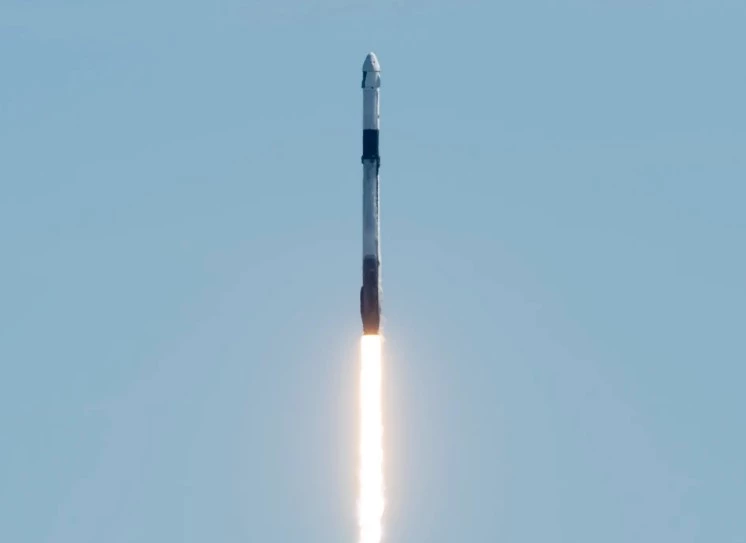
Meanwhile, April saw history being made as the Axiom Mission 1, the first private crewed mission to the International Space Station, lifted off atop a SpaceX Falcon 9 rocket from Launch Complex 39A at NASA’s Kennedy Space Center in Florida.
Most distant object ever seen is a mysteriously bright, ancient galaxy
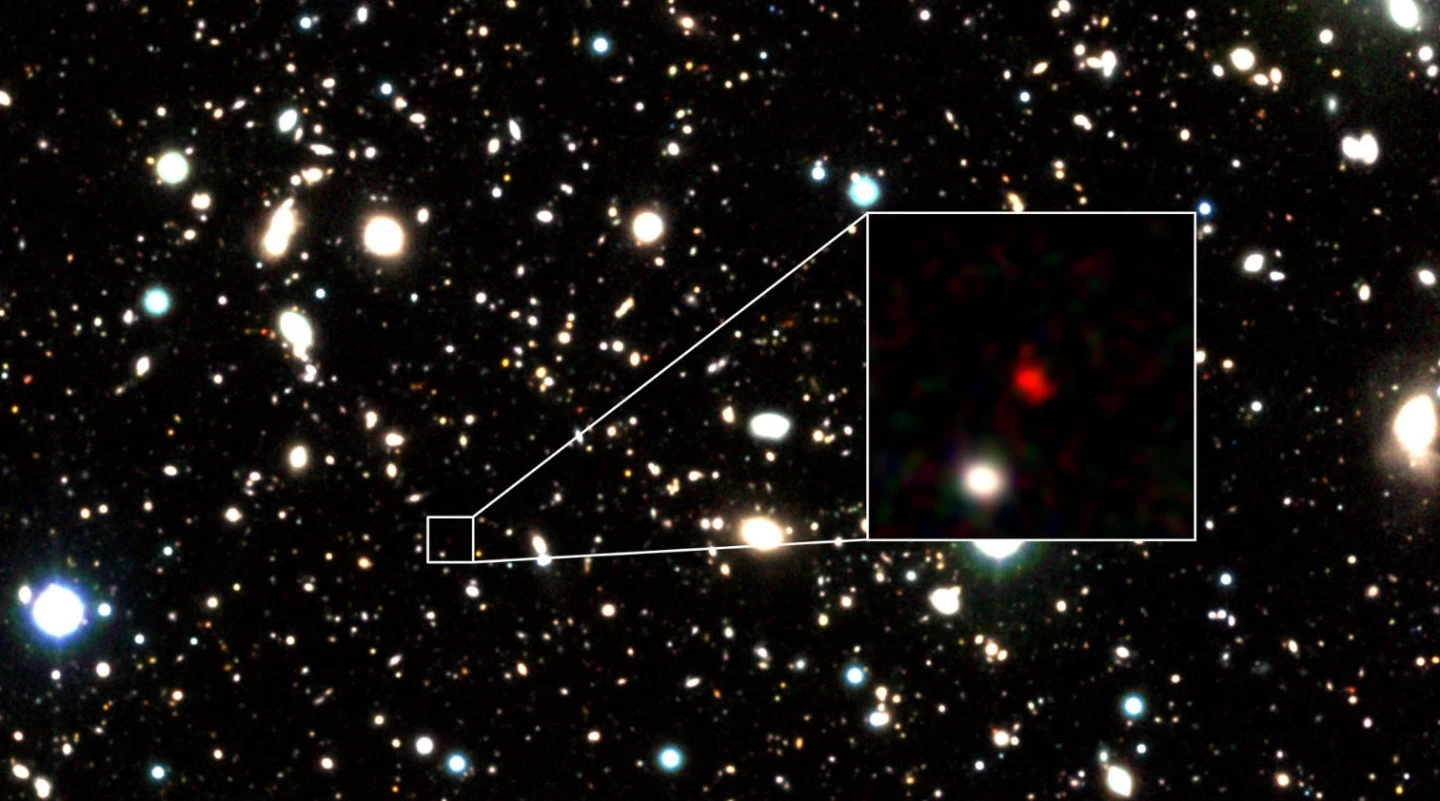
A bit farther away from Earth by about 13.5 billion light years, an international team of astronomers, including researchers at the Center for Astrophysics/Harvard & Smithsonian, discovered the most distant object ever seen – a galaxy called HD1 that might be home to a never-before-seen population of stars, or a supermassive black hole mysteriously ahead of its time.
All five of life's base units have now been found in meteorites

Meanwhile, a NASA study added weight to the hypothesis that the key building blocks of life came to Earth from space. A team of scientists announced that all five of the DNA nucleobases have been found in meteorites.
Boeing's Starliner successfully docks with the ISS

May 21, 2022 saw Boeing back in the business of human spaceflight after its uncrewed CST-100 Starliner passenger spacecraft successfully docked with the International Space Station (ISS), fulfilling the key objective of Orbital Flight Test-2 (OFT-2).
Gaia maps two billion Milky Way objects in unprecedented detail
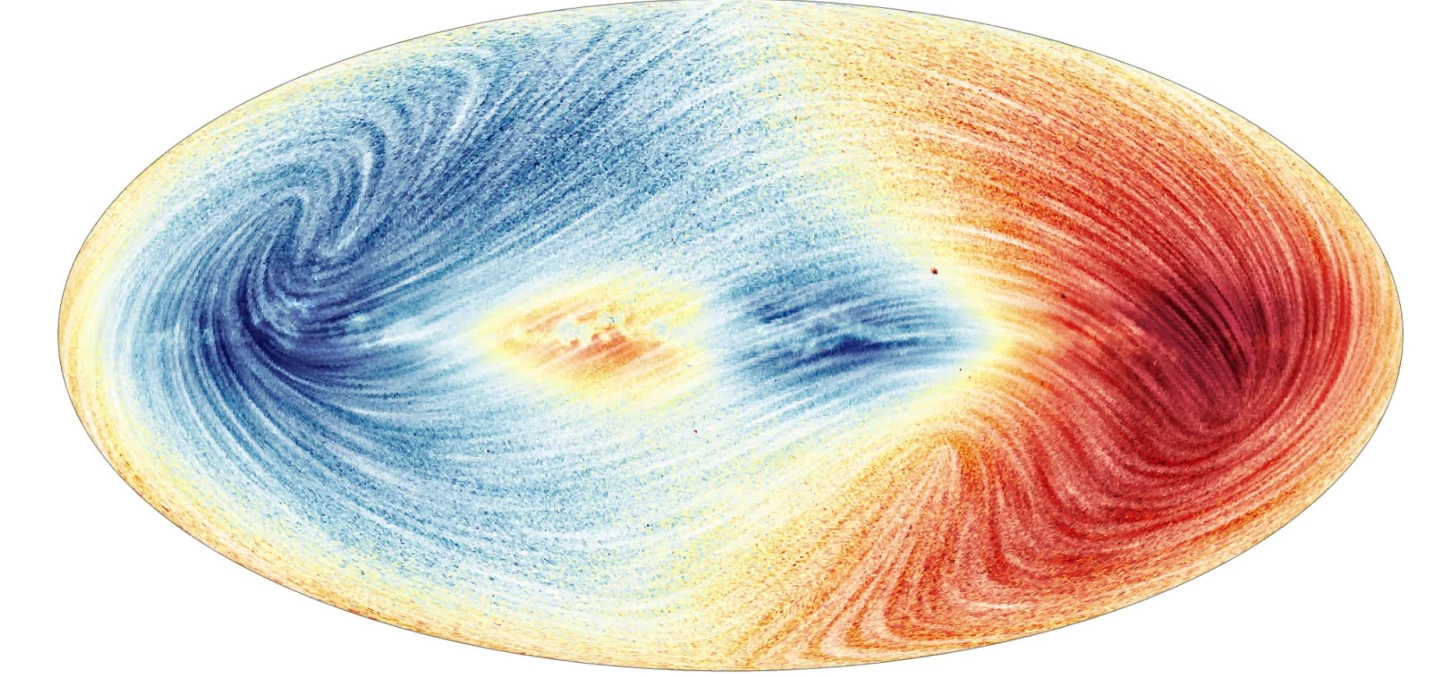
The most comprehensive picture of the Milky Way got more detailed in 2022. The Gaia spacecraft's third data release covered almost two billion stars, including their makeup and movements, plus new catalogs of starquakes, binary systems, variable stars, and other objects.
Russia to walk away from International Space Station after 2024
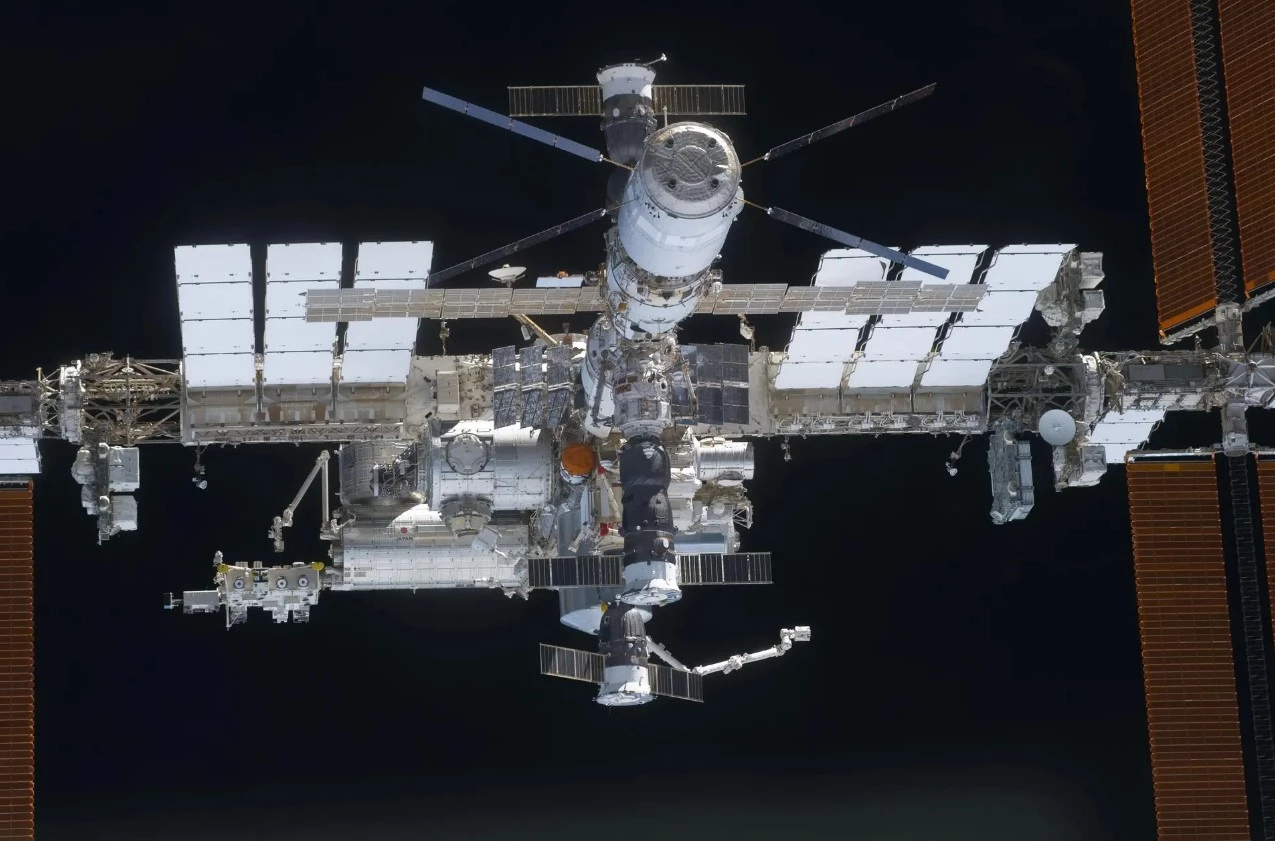
In a major upset to both space exploration and international cooperation, Roscosmos Chief Yury Borisov announced in a meeting in July with Russian President Vladimir Putin that Russia will formally withdraw from the International Space Station (ISS) after 2024, putting the future of the space lab in jeopardy.
NASA probe smashes into an asteroid in historic test for planetary defense
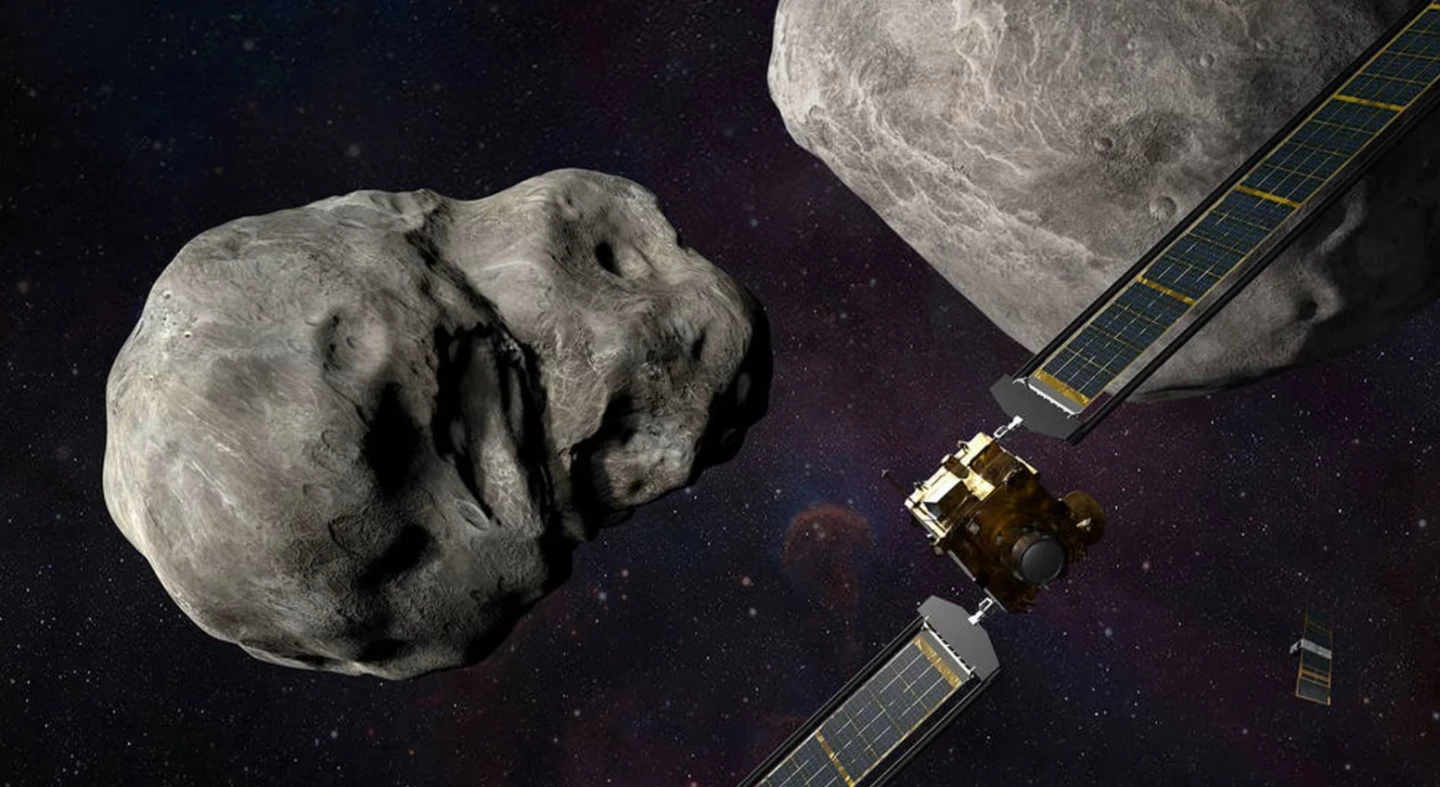
On September 26, NASA's Double Asteroid Redirection Test (DART) mission crashed into the asteroid Dimorphos as part of an effort to determine the feasibility of deflecting potentially dangerous celestial bodies away from Earth.
James Webb snaps stunningly detailed image of Pillars of Creation
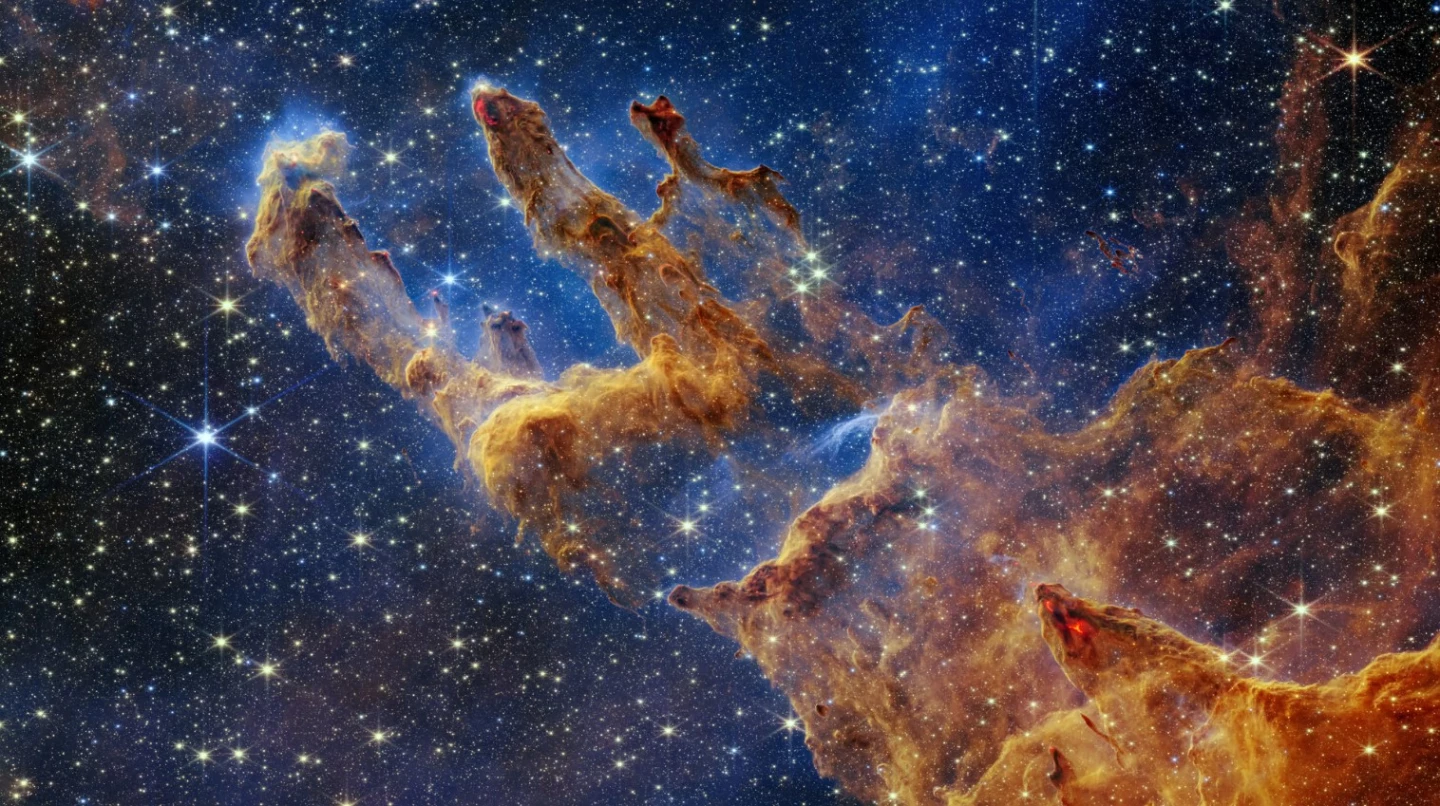
Once in full operation, the James Webb Space Telescope snapped some incredible images and one turned out to be a doozy. The spacecraft took images of the Pillars of Creation, revealing new details and giving a peek behind the cloudy curtain.
SpaceX's all-powerful Falcon Heavy flies for the first time since 2019

On November 1, SpaceX fired up its mighty Falcon Heavy rocket for the first time since 2019, to successfully lift a set of satellites into orbit for the US Space Force.
US Space Force's "secret" spaceplane lands after record 908 days in orbit

With a reported sonic boom, the US Space Force's open-secret X-37B spaceplane returned to Earth on November 13. The robotic craft touched down at NASA’s Kennedy Space Center in Florida after a record-breaking 908 days in orbit.
NASA successfully launches its largest-ever rocket, the Space Launch System

On November 16, the most powerful rocket in the world, NASA's Space Launch System (SLS), successfully lifted off from the Kennedy Space Center, carrying the uncrewed Artemis 1 mission on its way to the Moon.
Giant cosmic map charts from here to the edge of the observable universe
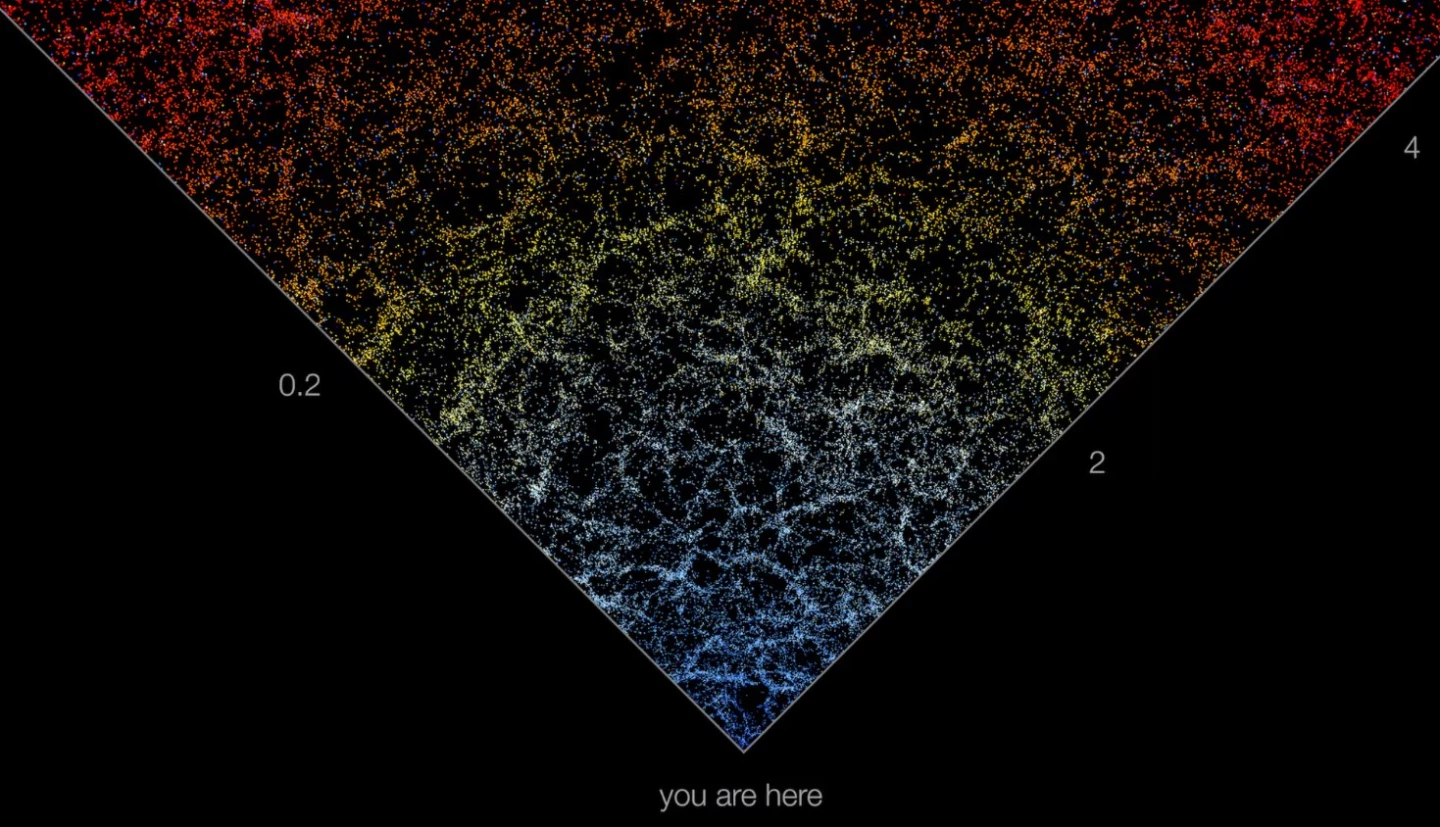
November also saw astronomers at Johns Hopkins University create an interactive map of the universe, charting the positions and colors of 200,000 galaxies stretching from here to the very edge of the observable universe.
Scientists beef up search for alien life with powerful new supercomputer
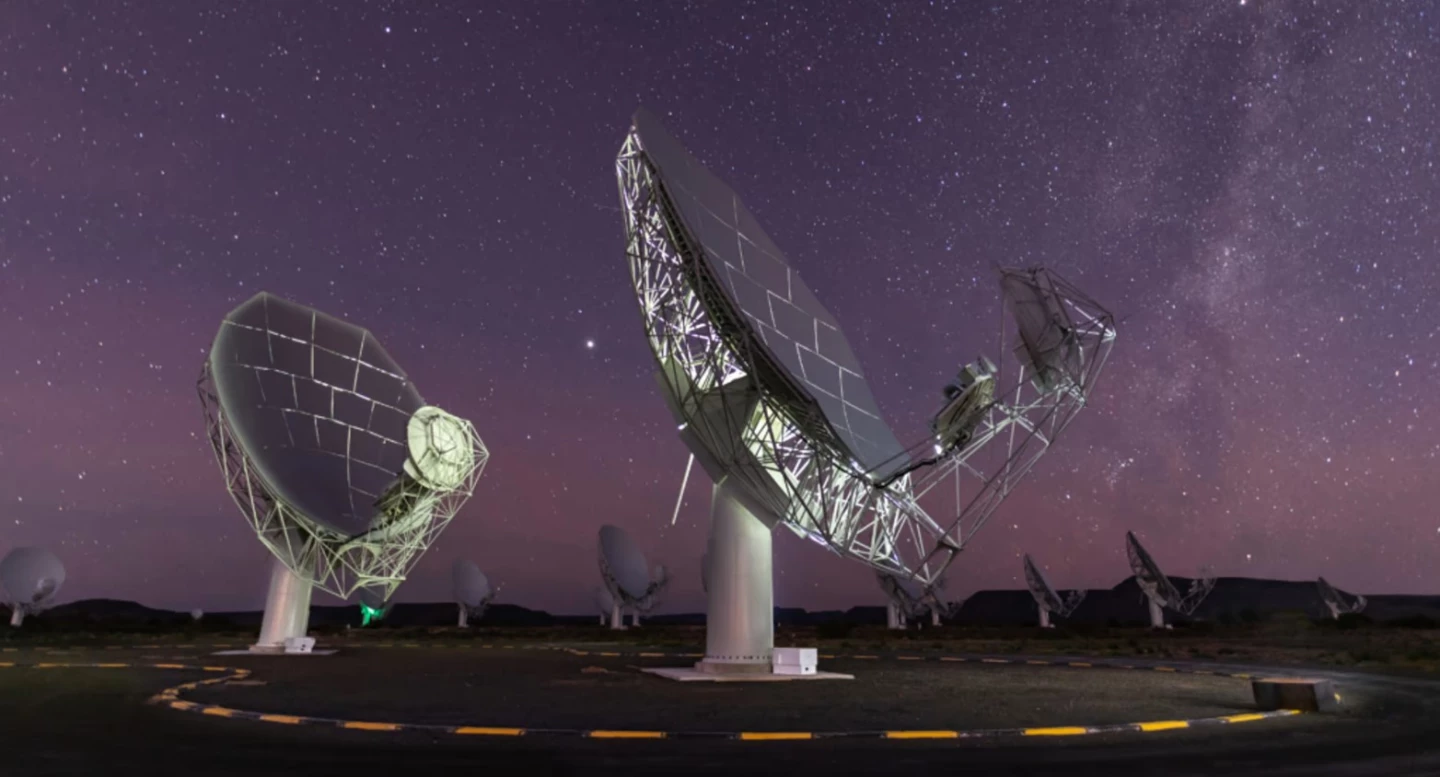
The start of December saw a new instrument integrated into the Southern Hemisphere’s largest radio telescope that has given it the capabilities to detect technosignatures of extraterrestrial intelligence, significantly widening the net for scientists in search of alien life.
NASA's Ingenuity helicopter sets an altitude record on Mars
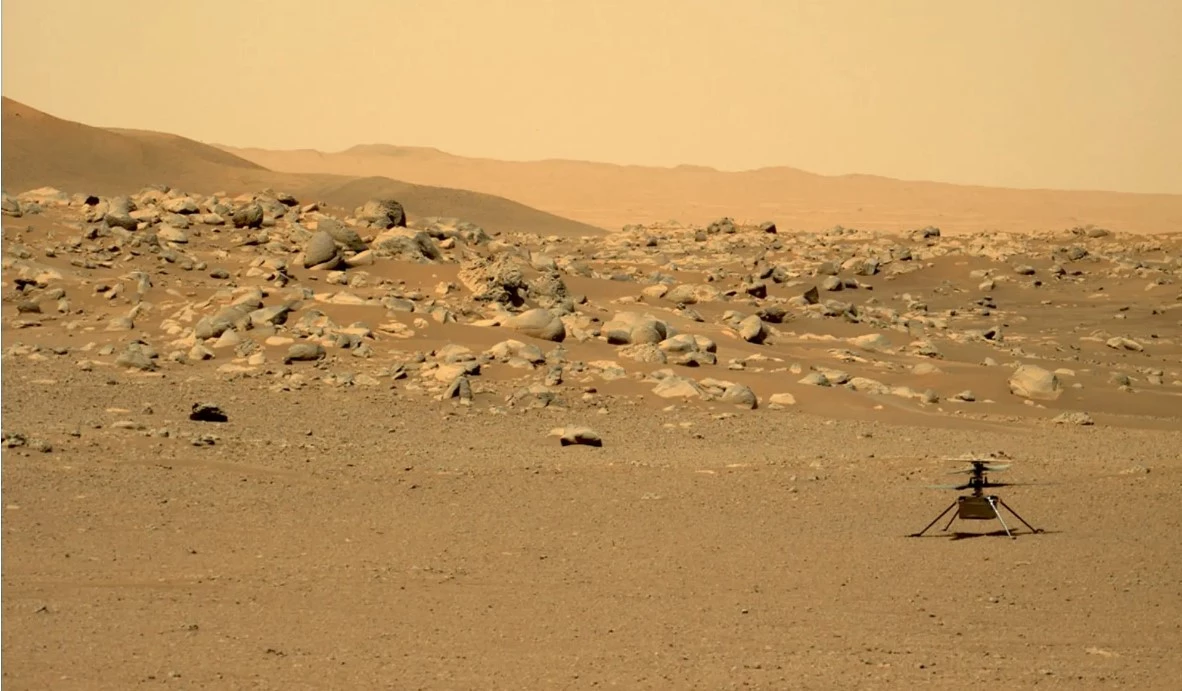
On December 6, NASA’s Ingenuity helicopter soared to its greatest heights yet, a record 46 ft (14 m) above the Martian surface, as it continues to help the Perseverance rover explore Mars and seek out areas where life might once have existed.
Artemis 1 lunar mission splashes down after record-breaking flight
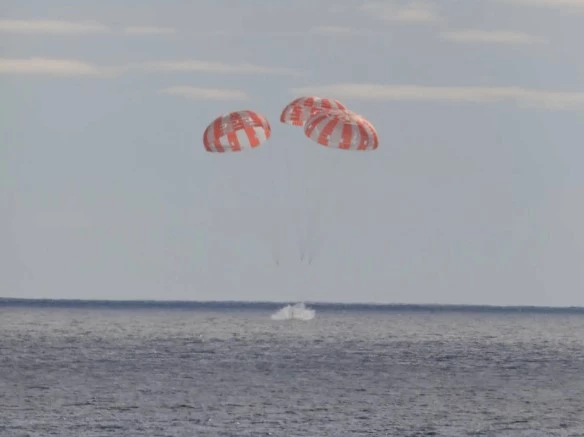
December 11 was the day NASA's Artemis 1 lunar mission ended in a splashdown of the uncrewed Orion capsule in the Pacific Ocean off the coast of Baja California, after which it was recovered by the amphibious transport dock ship USS Portland.
Biggest marsquake on record marks InSight's swansong
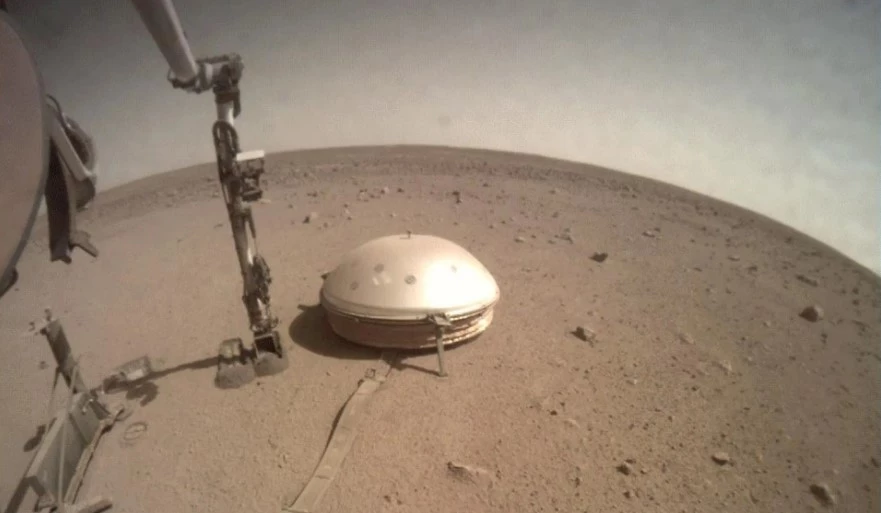
December was also when NASA’s InSight detected the strongest and longest quake on Mars so far. The event was five times more powerful than any previous marsquake, unleashing as much energy as all others combined.
NASA's InSight Mars mission comes to an end as all contact is lost
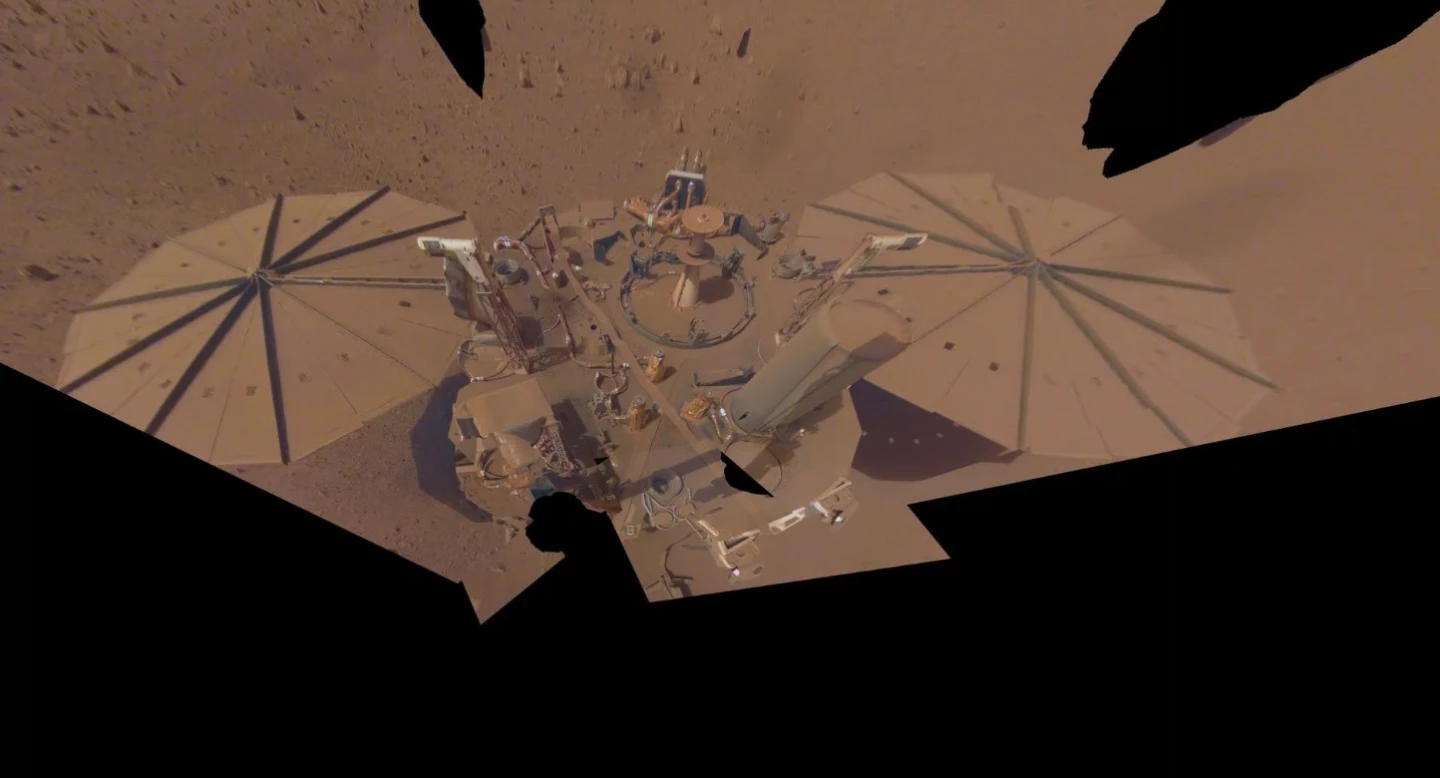
Sadly, after over four years on Mars, NASA's InSight lander was declared dead on December 21. Mission Control was unable to reestablish contact with the robotic spacecraft on two consecutive attempts, showing that the batteries were exhausted.















